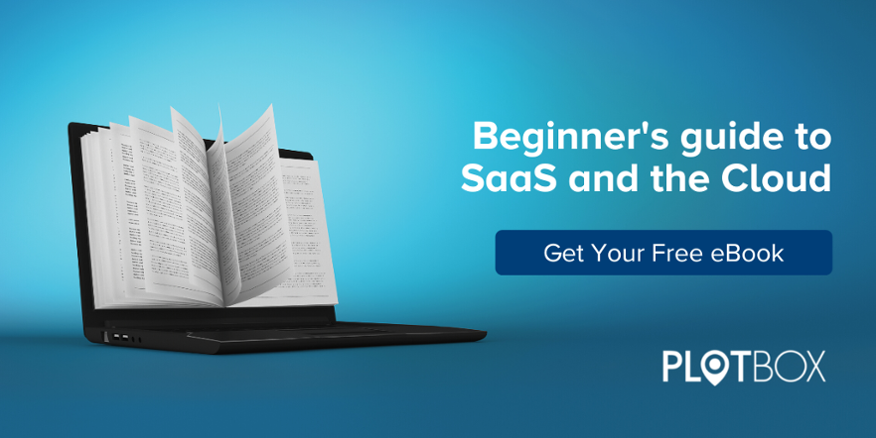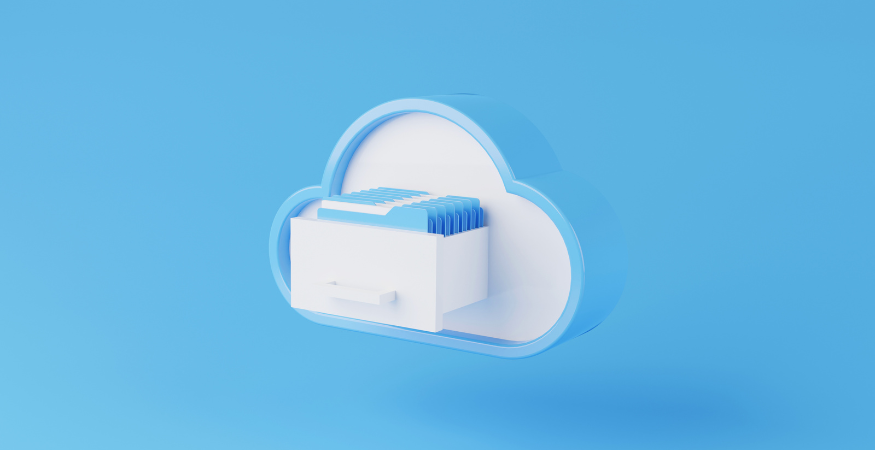| Read time: 4 mins
Data. It’s everywhere. And in our increasingly digital world, with almost every interaction, at every touchpoint, it’s collected, stored, managed, verified, analyzed and utilized in one way or another.
And, as with any organization, cemeteries, crematories and funeral homes hold a lot of it.
From thousands of burial records with detailed information on names, dates, locations, and ownership, to administration records helping to plan operational activities, manage inventory and maintain grounds; to financial and contract information providing insights on sales, transactions, payments and revenue - the types of data collected may vary, and depending on where users are on their digital transformation journey, may be stored in a number of different ways.
In the case of burial records, for example, that may be in box files, or filing cabinets with lot cards, indexed alphabetically, cross-referenced with paper maps, or for financials, that may be in ledgers; or from a digital perspective, stored on computer hard drives or on servers, organized in spreadsheets or databases.
Data and cloud technology
But for many, how and where that data is being stored, managed and accessed is changing. Cloud computing is changing both how we work and live, and in terms of technology solutions, is still a relatively new concept [1].
As deathcare providers look to digital strategies and cloud-based solutions in meeting changing consumer expectations, what does that mean for the data they hold - in terms of managing risk, data security, and accessibility?
With that in mind, here are 3 things you should know about data and cloud-computing.

1. Not all ‘clouds’ are created equal
The ‘cloud’ describes the many different methods of providing remote access to software and data, as well as how and where it’s stored and delivered, but broadly speaking, ‘the cloud’ enables users to access their data and share computing resources from any device with an internet connection.
The capabilities, risks and service delivery methods can vary - determined in part by how and where the infrastructure is managed, and data stored, and it’s this ambiguity that can contribute to a reluctance in some of moving their data to the cloud.
A ‘private cloud’, for example, is any internet software and storage system operated either by the end-user, or by an organization providing services over the internet - at basic level, these can be a collection of servers connected to the internet. These may be self-hosted, co-located, or within a private data center.
‘Public cloud’ services are offered by several major technology companies. The most popular of these includes Microsoft Azure, which is used by PlotBox.
In this case, it is the provider who maintains all of the required infrastructure, and these are considered to be among the most secure available. We’ll touch on this shortly, but the one thing that isn’t assured is that access to those resources is secure. For that you will need to rely on your vendor.
The bottom line is that cloud solutions can vary in quality and security, so it’s important to know exactly what those are before deciding which is right for your organization.
To learn more, download our eBook: Beginners guide to SaaS and the Cloud.

2. It can help keep your data secure
Some of the biggest organizations in the world have their data backed up in the cloud - with more than 95% of Fortune 500 companies using Microsoft Azure for cloud security.
Whether holding data within a physical space, on a hard drive, a server or even in the cloud, storing data poses a certain level of risk - among those are: data loss, data breaches or unauthorized access to your data. If held in a physical space, data loss may occur due to natural disasters - fire, water damage or even theft, or in digital terms, from hardware or system failures.
Data breaches can come from a number of sources, including: misuse of privileged access, weak or stolen passwords, unpatched applications or even physical attacks [2]. Theft of sensitive information may not only cause reputational damage, but have serious financial or regulatory compliance implications.
Consider then, the value of your data and the risk of that data being held on old, unsupported software.
Learn more about the dangers of unsupported software.
Cloud security is predicated on ensuring that only authorized people can access and use your data, keeping it safe and protected while it’s being stored. The methods of achieving this include encryption, regular backups (ensuring it can be restored), and other security measures, including secure access controls requiring some form of authentication.
While normal best practice points to cloud storage over on-site storage, it is also important for organizations to implement their own robust security measures, policies and procedures, as well as providing regular training on data security for staff.
Cloud is good. Cloud, plus your own security measures and good practice is better.
Learn more about good practice in ensuring data security.
It’s also important of course, to choose the right service provider - carefully researching and evaluating the security measures and practices they have in place.
PlotBox, for example, ensures the highest standards of data encryption when in transit, as well as continuous testing to our cloud infrastructure to identify any potential security vulnerabilities. We also ensure that data is regularly backed up and stored securely across multiple data centers to protect against loss or corruption.
Learn more about PlotBox’s security credentials.
3. It provides a ‘host’ of benefits
There are a number of different cloud computing services available, which include Software as a Service (SaaS), Infrastructure as a Service (Iaas) and Platform as a service (Paas) [3].
You can read more about each of them here, but essentially, SaaS, as provided by PlotBox, is the most commonly used of the 3, allowing users to access software applications over the internet without the need to to install and maintain those applications on their own computer systems. In this case, the infrastructure is maintained, managed and updated by the provider.
That provides a number of key benefits for the customer. Here are just 3:
#1. It can save you money
Let’s start with the biggie - it can save you money by reducing the cost of running and implementing your IT systems - avoiding much of the up front investment that comes with on-site hardware installations, and the ongoing costs of new hardware or system updates.
Essentially - minimal start-up costs and predictable running costs.
#2. It makes your data more accessible
Data stored in the cloud means your information is available from anywhere at any time. We most recently saw the real world benefits of that in terms of business continuity during COVID, when cloud customers were able to continue to carry out essential functions while working remotely.
That accessibility from a single source also makes collaboration much easier for teams, as they can communicate and share information more readily, while receiving updates in real time.
Being able to access information from anywhere also increases your team's mobility, with data being able to be accessed from a tablet or mobile device - whether that is out on cemetery grounds or even in the home of families.
#3. It can mitigate risk and future-proof your organization
We’ve already touched upon the risks associated with old, disjointed systems using unsupported software, but it is worth reiterating that having your data stored and backed up securely online will help to reduce the risk of losing it, and avoid it being accessed by people accessing it who shouldn’t be.
Not only this, but running old systems will limit your future planning for growth. If you need to upgrade your hardware, for example, you may not be able to run your old software on it.
To put it simply, as technology evolves, you need the ability to move with it.
Read more about the benefits of cloud computing for deathcare providers.
Innovative Architects
[2] "Six Common Causes of Data Breaches"
J. Coggins, Lepide, Sep 22
[3] "IaaS vs. PaaS vs. SaaS: Here's What You Need to Know About Each"
S. Bernazzani, HubSpot, Jul 22
Like to learn more about cloud technology and your data? Download our eBook?

